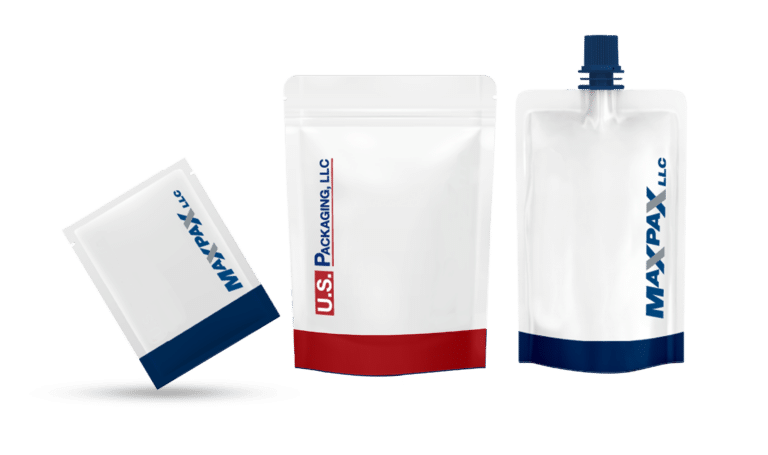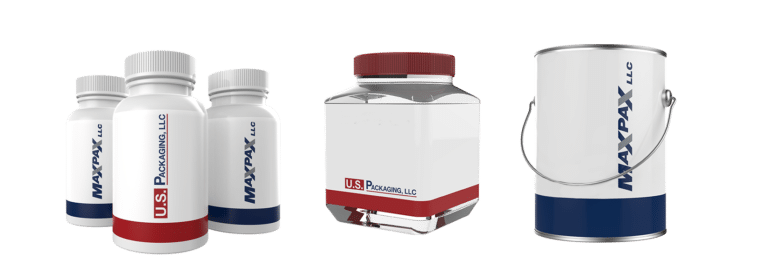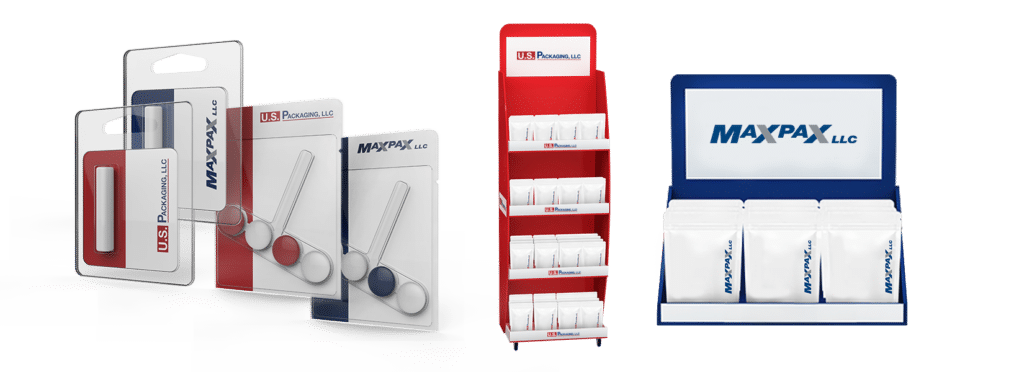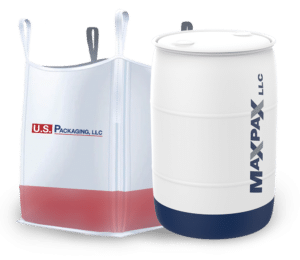
Liquid filling operations are a critical aspect of manufacturing, particularly in food and beverage, pharmaceuticals, and cosmetics. Optimizing these processes ensures product quality and enhances operational efficiency, reducing waste and downtime. In this blog, we’ll explore best practices for liquid filling operations to help you achieve consistent, accurate results while improving overall productivity.
1. Choose the Right Liquid Filling Technology.
The choice of liquid filling system plays a significant role in the accuracy and speed of the operation. The most common liquid filling technologies include:
- Piston Fillers: Ideal for high-viscosity liquids, ensuring accurate measurements.
- Gravity Fillers: Suitable for low-viscosity liquids, allowing efficient, high-speed filling.
- Peristaltic Pumps: Perfect for sterile applications, they minimize contact between the product and the filling equipment.
Choosing the correct technology for your specific liquid filling needs is essential for maintaining speed and accuracy.
2. Regular Maintenance and Calibration
Frequent maintenance and calibration of filling machines ensure they continue operating within desired tolerances. Over time, parts wear down, and performance can degrade. By establishing a regular maintenance schedule, you can detect potential issues before they become costly problems, reducing the likelihood of downtime and maintaining the consistency of the filling process.
3. Standardize Operating Procedures for Liquid Filling
Consistency is key in liquid filling. Establish clear, standardized operating procedures (SOPs) for all aspects of the filling process, from machine setup to product inspection. These SOPs should include:
- Filling speeds and flow rates: Ensure machines operate within the optimal ranges for your products.
- Operator training: Proper training ensures that staff understand the technical and safety aspects of the filling process.
- Quality control checks: Regular sampling and checks should be implemented to maintain product quality.
Standardized procedures help reduce human error and ensure that each product is filled accurately and efficiently.
4. Optimize Container Selection
The container type and design can impact the liquid filling operation. Choosing containers with consistent dimensions ensures that the filling machine can operate smoothly without interruptions. Consider the following when selecting containers:
- Material: Plastic, glass, or metal containers all have different filling needs.
- Size and shape: Uniformity in size ensures more accurate fills.
- Seal compatibility: Ensure that the sealing system is compatible with the type of container to avoid leaks or spills.
Selecting the proper containers can streamline the filling process and prevent unnecessary complications.
5. Monitor and Adjust Filling Parameters
To maintain the highest level of accuracy, it’s essential to continuously monitor key filling parameters such as:
- Filling speed: Adjusting speed according to the viscosity and flow rate of the liquid.
- Fill levels: Consistent fill levels ensure product quality and packaging accuracy.
- Temperature control: Some liquids may need to be filled at specific temperatures to maintain product integrity.
Real-time monitoring allows immediate adjustments, helping prevent deviations from desired fill levels or other quality metrics.
6. Focus on Hygiene and Cleanliness
Maintaining strict hygiene standards is essential in industries like food and beverage or pharmaceuticals. Ensuring all equipment is regularly cleaned and sanitized minimizes contamination risks and provides product quality. Automated cleaning systems can reduce manual labor and ensure thorough cleaning between production runs.
Best practices for liquid filling operations focus on technology, standardization, and ongoing monitoring. You can achieve greater efficiency and minimize errors by implementing the right equipment, regularly maintaining your machines, and focusing on quality control. Following these best practices will help you maintain a high standard of product quality, improve operational performance, and reduce costs in the long run.






